A Complete Step-by-Step Process to Create Your Wedding Photography Timeline
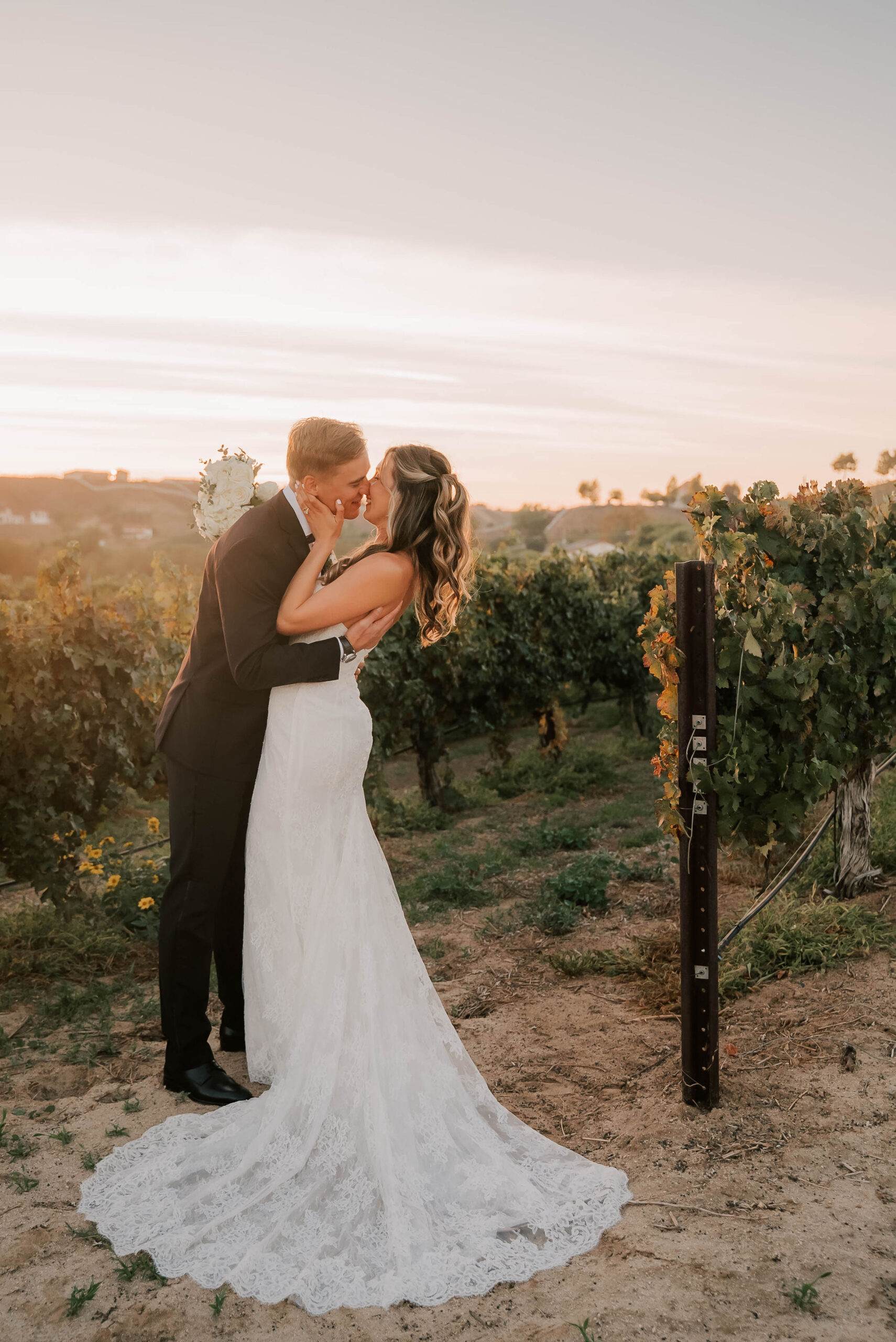
Your wedding day is one of the most meaningful chapters of your life. The photos you take will bring that moment back to life again and again. That’s why building a thoughtful wedding photography timeline isn’t simply a “nice to have” thing, but it’s a game-changer.
You’re freeing yourself (your photographer and your guests) from guesswork and rushed minutes when you lay out when and where each photo moment will happen. Let’s learn how to map your day with intention: from the early getting-ready shots to the portrait time with your partner, the group photos, the ceremony, the reception, and all the magic in between.
Understand the Purpose of the Photography Timeline
Your wedding photography timeline is like the day’s photo road map. It contains a list of when and where key moments need to be captured (from getting ready through the ceremony, portraits, and reception). To put it simply, it outlines start and end times for each photo segment, so no important shot is left behind and everyone knows where to be.
Moreover, you’re giving your photographer clarity and yourself the freedom to enjoy your day rather than constantly chasing time by building this schedule ahead of time.
Why You Need One
Things can feel a little chaotic without a timeline. A well-thought-out schedule helps you capture the shots that matter most (couple portraits, family group photos, and detail shots) without last-minute scrambles. Moreover, you can coordinate smoothly with all vendors and people involved, so your photographer isn’t guessing and your guests aren’t waiting. Most importantly, when the photo plan is set, you get to focus on being present and celebrating.
Common Pitfalls When You Skip It
A few things tend to go wrong when there’s no clear timeline. For instance, photo sessions might run late and leave less time for portraits or force you to rush key shots. Venue changes, lighting shifts (especially outdoors), or travel between locations get overlooked, and that eats into photo time. Also, you may find people aren’t in the right place at the right time, which means missed moments or awkward waiting.
When you set a timeline for your wedding photography, you avoid the “we’ll just wing it” scenario and instead create space for meaningful images as well as calm memories.
Gather Your Foundations Before You Build the Timeline
Gather Your Foundations Before You Build the Timeline
Here’s how to set up your day so the photographic flow makes sense, feels natural, and allows you to enjoy the moment without constantly checking your watch.
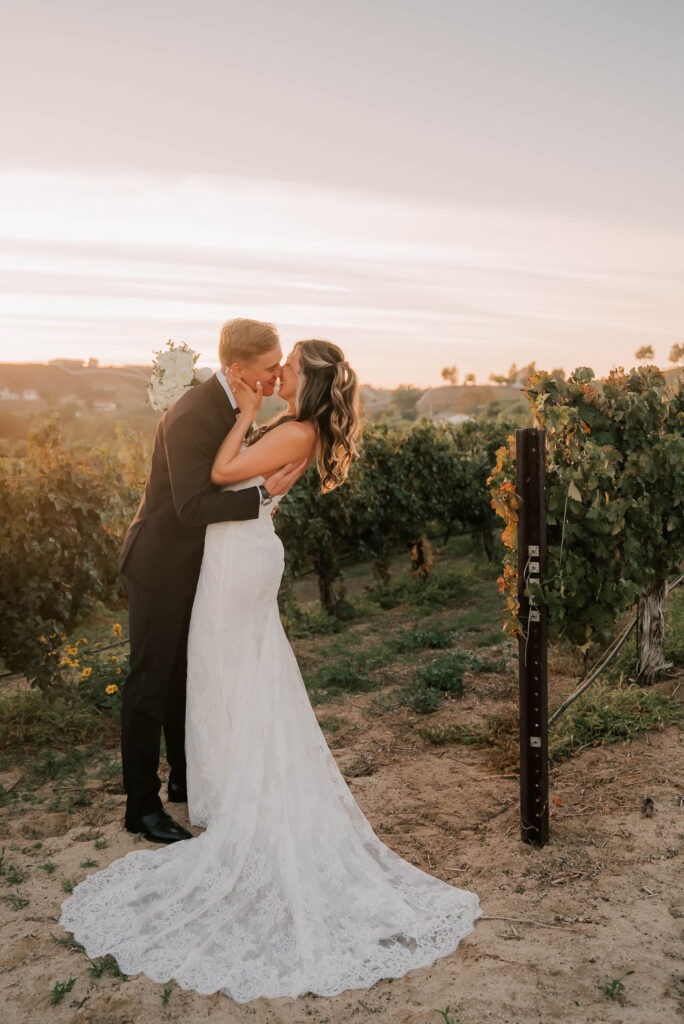
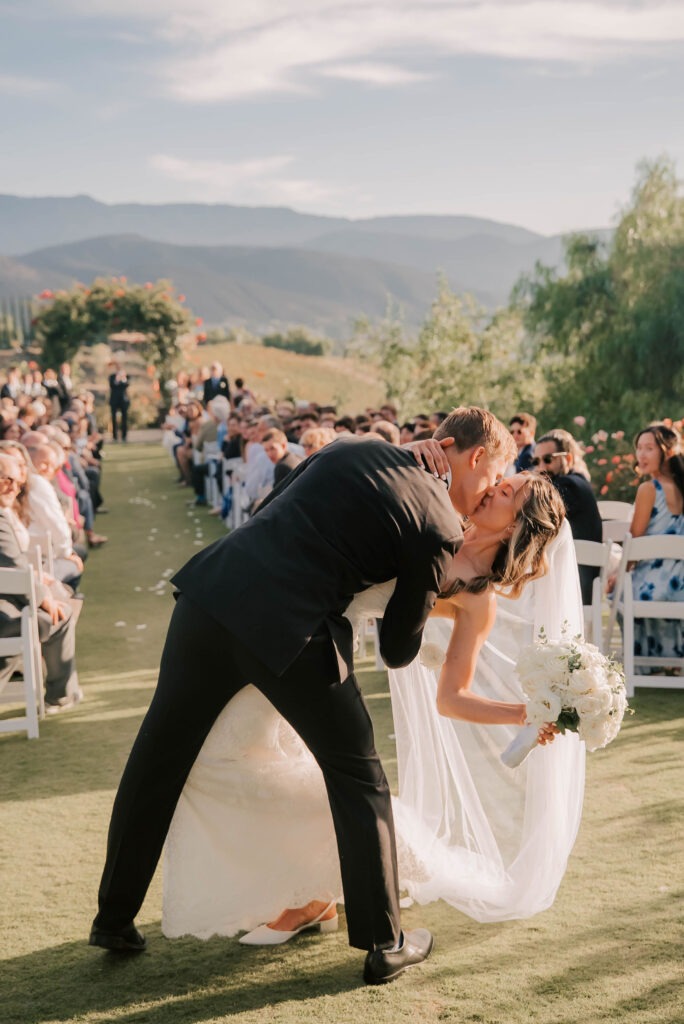
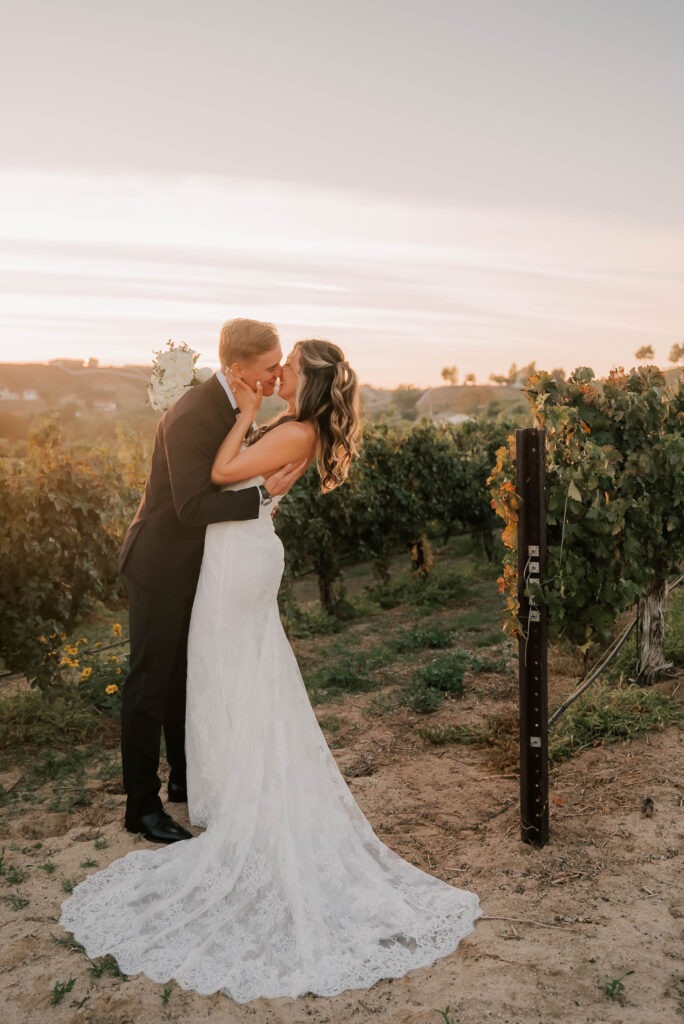
Establish The Major Time Blocks Of Your Day
Start by identifying the big chapters of your wedding day. For instance, getting ready, the ceremony, portraits (couple, family, wedding party), reception formalities and fun. When you set these broad slots, it gives a clear skeleton to your wedding photography timeline and helps you see where each part will live. For example: morning prep → ceremony at X time → portraits right after → reception. This is a useful structure that many photographers recommend.
Identify Your Photo Priorities and Must-Have Shots
Now zero in on what matters most to you. Do you absolutely want the two of you walking down a scenic path, family portraits with everyone, and detail shots of the rings and dress? Make a list of “non-negotiables.” When you know these things, it will help you allocate the right amount of time as well as communicate clearly with your photographer.
Consider Venue/Logistics/Lighting Constraints
Next is logistics. Are the getting-ready venue and ceremony venue the same, and do you have to travel between them? Also, is the portrait location outdoors where light changes fast? These are the details that steal time if you don’t factor them in. For instance, travel plus getting guests rounded up can easily eat 20–30 minutes. Also, lighting matters. A sunset portrait session demands that you schedule it when the light is golden.
Decide on a “First Look” (or Not)
One of the biggest decisions is whether you’ll do a “first look,” a private moment before the ceremony where you see each other and often do couple portraits and wedding-party photos beforehand. If you choose to do it, you’ll shift your wedding photography timeline earlier and likely reduce post-ceremony portrait time (which means more time to mingle with guests). If you skip it, you’ll likely use cocktail hour or early reception time for portraits, so plan accordingly. This choice significantly influences how the rest of the schedule falls into place.
Build the Timeline Step-by-Step
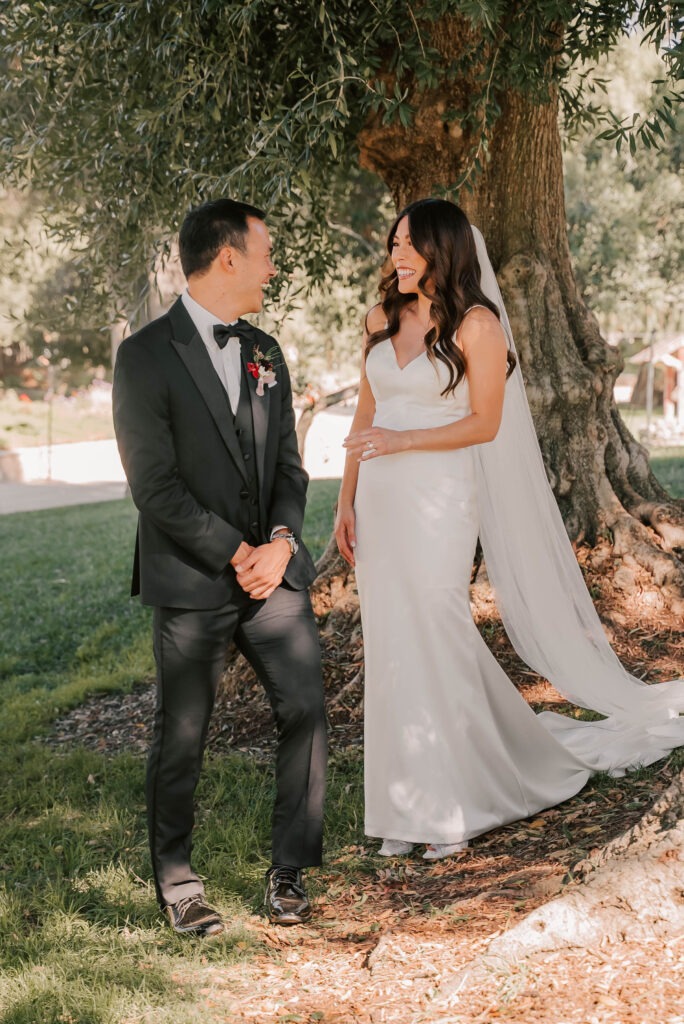

Now that you’ve laid the groundwork, it’s time to plug in the actual blocks of your day. Let’s see an example of a sequence you can follow (and flex) so you’re not sprinting between moments.
Arrival & Getting Ready
Start the day calmly. Invite your photographer as you begin to get ready so that they capture those quiet, excited moments when it’s just you, your people, the dress/suit, and the details. This gives you space without rushing, as well as warms up everyone for the day ahead.
Pre-Ceremony Portraits (if doing a First Look)
If you’ve chosen to do a “first look,” this is your chance to have that private moment together and then move into portraits of just the two of you and possibly your wedding party. Because you’ve done this before the ceremony, you’ll have more freedom later on.
Ceremony
This is where the heart of the day lives. Your wedding photography timeline should allow the ceremony to flow smoothly without feeling like it’s on a countdown: arrival of guests, processional, vows, exchange of rings, and recessional.
Family & Wedding Party Portraits
After (or before, depending on your first look) the ceremony, block time for family and wedding party shots. Stick to your must-have groupings and allow your photographer to know who’s absolutely essential to keep things moving.
Couple Portraits
Away from the crowd, free to breathe, connect, and allow your photographer to capture you two at your best. Schedule this when lighting is good or at a special location if possible.
Reception Formalities & Candid Moments
Once the party begins, photography shifts from posed to spontaneous. Photographs will include the grand entrance, first dance, toasts, cake, dancing, and guest candids. Having this part of your wedding photography timeline mapped out makes sure your photographer knows when key moments are happening.
Exit
If you plan a special exit (sparklers, lanterns, night portraits), build it into the end of your schedule. That way you’re not trying to capture it when guests are already leaving or the vendor’s packing up.
Buffers & Flexibility
Even the best-laid plans benefit from some breathing room. Build in extra time between major blocks for hair running late, travel between venues, or just an extra minute to take a deep breath and soak it in. A few extra minutes can make the difference between feeling rushed and feeling present.
Conclusion
A wedding photography timeline is far beyond micromanaging every minute. It’s about giving your day the structure it deserves so you can fully live in each moment. The tasks certainly feel smoother when you and your photographer communicate eloquently. Also, share your list of must-have shots, note arrival times, as well as talk through the flow of events.
Most importantly, focus on what truly matters rather than trying to tick off a hundred different photos because a few meaningful and well-captured moments always outshine a rushed collection. Pay attention to lighting and travel time between venues. Ultimately, treat your timeline as flexible; review it a few weeks before the wedding and don’t be afraid to make small adjustments. Once everything is mapped out, step back, breathe, and trust your photographer to capture the story as it unfolds.